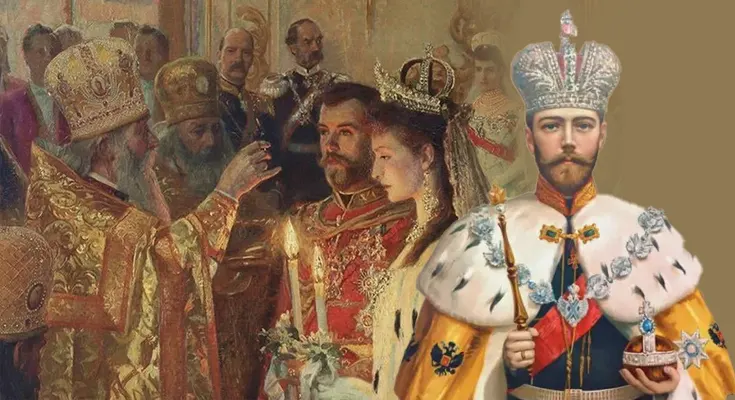The history of Russian royal engagements is a captivating saga filled with grandeur, political intrigue, and poignant love stories, often symbolized by the exquisite engagement rings exchanged during these unions. From the opulent courts of the Tsars to the tumultuous times of revolution, these engagements represent not just personal commitments but also the intricate alliances and shifting power dynamics that defined Russia’s history.
The practice of royal engagements in Russia dates back to the time of the Rurik dynasty in the 9th century, when marriages were arranged for political expediency. For the ruling elite, these unions were strategic, serving to consolidate power and strengthen ties with neighboring kingdoms. The engagement ring during this era was typically simple, often made of gold, symbolizing fidelity and the promise of marriage. These rings, though unadorned, held deep significance, marking the beginning of alliances that would influence the course of Russian history.
As the centuries progressed, particularly during the reign of the Romanovs, engagement rings became more elaborate and symbolic. The marriage of Tsar Nicholas II to Alexandra of Denmark in 1894 serves as a noteworthy example. Nicholas presented Alexandra with a stunning diamond ring, which not only reflected his affection but also marked the union of two significant royal houses. The diamond, a symbol of strength and eternity, became a favored choice for Russian royal engagements, setting a trend that influenced the designs of engagement rings throughout the empire.
The early 20th century was a period of both opulence and turmoil for the Russian monarchy. The engagement of Grand Duchess Maria Pavlovna to Prince Wilhelm of Sweden in 1908 highlighted the blend of romance and political alliance that characterized royal engagements. Maria’s engagement ring was a masterpiece, featuring intricate designs and rare gemstones, underscoring the importance of aesthetics and status in these unions. The rings often included elements that conveyed personal stories or family heritage, with sapphires and emeralds frequently chosen for their symbolic meanings.
However, the fall of the Romanov dynasty in 1917 drastically altered the landscape of royal engagements in Russia. The revolution brought a new ideology that questioned the very foundations of monarchy and aristocracy. Engagements that once symbolized power and privilege were overshadowed by the upheaval of the times. Nevertheless, remnants of these traditions persisted, as former royals sought to preserve their legacies even amidst political change.
In the years following the revolution, many members of the Russian aristocracy found love in exile. The engagement of Grand Duchess Maria Romanov to Prince Michael of Greece in 1922 was a poignant example of how love persisted despite the political chaos. Maria’s engagement ring, a modest yet elegant piece, reflected a departure from the extravagance of the past, signifying resilience and hope for a future beyond the shadow of revolution.
As Russia transitioned through the 20th century, the concept of royal engagements evolved further. The modern era has seen a resurgence of interest in the heritage of the Russian monarchy, with contemporary couples drawing inspiration from the past. Engagement rings today often blend traditional elements with modern designs, symbolizing a connection to history while embracing contemporary values.
The engagement of Maria Vladimirovna, the current head of the Russian Imperial House, to her fiancé in 2018 illustrated this blend of old and new. Her ring, featuring a striking combination of diamonds and sapphires, honors the legacy of Russian royalty while showcasing personal style. This evolution highlights how engagement rings continue to serve as powerful symbols of love and commitment, regardless of the changing political and social landscapes.
In conclusion, the history of Russian royal engagements is a rich narrative intertwined with themes of love, power, and resilience. Engagement rings, as symbols of these unions, have evolved from simple bands to stunning masterpieces, reflecting the changing tides of history. As we look to the future, the legacies of these regal romances remind us of the enduring nature of love and the profound connections that transcend time and circumstance.



